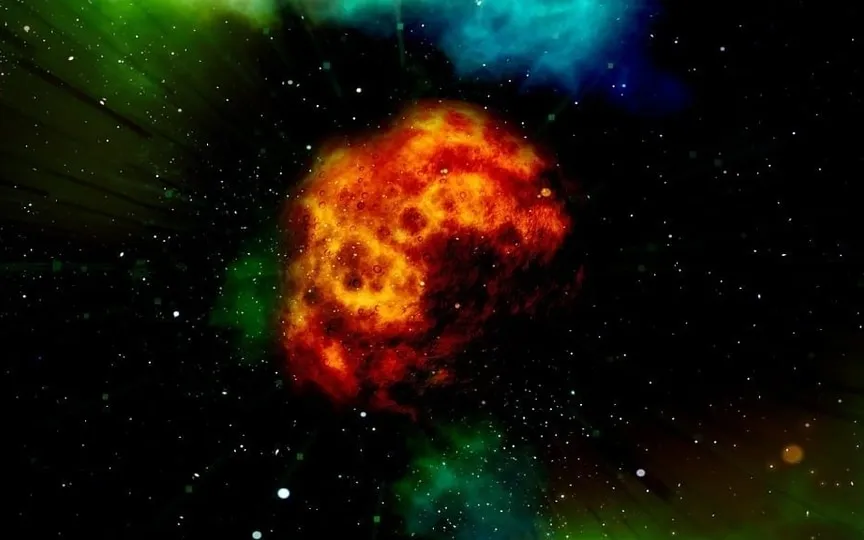Asteroid from Chelyabinsk to Make Close Flyby of Earth Today
NASA has reported that an asteroid named Asteroid 2023 UV6 is currently heading towards Earth and will come close to the planet today, October 27. The asteroid was detected by NASA’s Defense Coordination Office (PDCO), which is in charge of observing the skies and monitoring different Near-Earth Objects (NEOs). According to NASA, Asteroid 2023 UV6 is projected to pass by Earth at a distance of 3.9 million kilometers, traveling at a speed of 26329 kilometers per hour. Here is everything you need to know about Asteroid 2023 UV6.
Asteroid 2023 UV6: Details of the close approach
It belongs to the Apollo group of Near-Earth Asteroids, which are space rocks that pass through the Earth and whose semi-major axes are larger than the Earth’s axis. These asteroids are named after the huge 1862 Apollo asteroid discovered by German astronomer Karl Reinmuth in the 1930s.
Despite its close approach, asteroid 2023 UV6 does not pose a potential threat to the planet due to its relatively small size, and is not classified as a potentially hazardous asteroid. About 59 feet wide, the space rock is the size of a house. It is exactly the same size as the Chelyabinsk asteroid that exploded over the Russian city in 2013, damaging 7,000 buildings and injuring more than 1,000 people.
What’s more amazing is that this is not the first time this asteroid has come close to Earth. Its first close approach in recorded history was on March 14, 2010, when it passed the planet at a distance of 24 million kilometers. After today, this asteroid will make its closest approach to Earth only on April 18 of next year, when it will pass at a distance of 40 million kilometers.
Asteroid hunting with artificial intelligence
Did you know that astronomers have also used algorithms to hunt for asteroids? According to a study published by the University of Washington, an algorithm called HelioLinc3D helped scientists find a potentially dangerous asteroid. Asteroid 2022 SF289, which is nearly 600 feet across, was discovered during a test of the algorithm in Hawaii and is not considered to be dangerous in the near future.
According to the study, the algorithm used to find asteroid 2022 SF289 is used by a research telescope known as the Vera C. Rubin Observatory in Chile. The HelioLinc3D algorithm uses the Rubin dataset to find and track asteroids. The survey telescope, formerly known as the Large Synoptic Survey Telescope, will be used to study and uncover the secrets of the Milky Way galaxy’s dark matter when it becomes operational in 2025. It is also expected to contribute to the discovery of potentially dangerous asteroids. .




